Understanding ISP Email Marketing Policies Effectively
In the digital marketing landscape, email remains one of the most effective channels for businesses to reach and engage their audience. However, this effectiveness is often tempered by the stringent policies set forth by Internet Service Providers (ISPs). Thus, understanding ISP email marketing policies has become crucial for marketers who want to ensure their campaigns succeed without falling victim to pitfalls that can compromise deliverability and sender reputation.
Introduction to ISP Email Marketing Policies

The realm of email marketing is governed by a variety of rules and regulations aimed at protecting consumers from unwanted junk mail while also ensuring that legitimate businesses can communicate with their customers effectively. ISPs play a pivotal role in this ecosystem, as they determine which emails are delivered to inboxes and which ones end up in spam folders.
Understanding these policies is imperative not only for compliance but also for optimizing your email marketing campaigns. Navigating through the guidelines provided by different ISPs can directly influence campaign performance, customer engagement, and ultimately, conversion rates. By familiarizing themselves with the common practices among major ISPs, marketers can tailor their strategies to thrive within the parameters set forth.
Definition of ISP Email Marketing Policies

ISP email marketing policies refer to the set of rules and standards established by Internet Service Providers that dictate how emails should be sent, received, and managed. These policies govern various aspects of email marketing, including permission-based marketing practices, anti-spam regulations, content guidelines, unsubscribe procedures, and more.
These policies serve to protect consumers from spam while also providing a clear framework for marketers on how to conduct their email campaigns responsibly. Depending on the ISP, the specifics of these policies may vary, but they all aim to improve the overall quality of email communication and enhance the user experience.
Importance of Understanding These Policies for Marketers
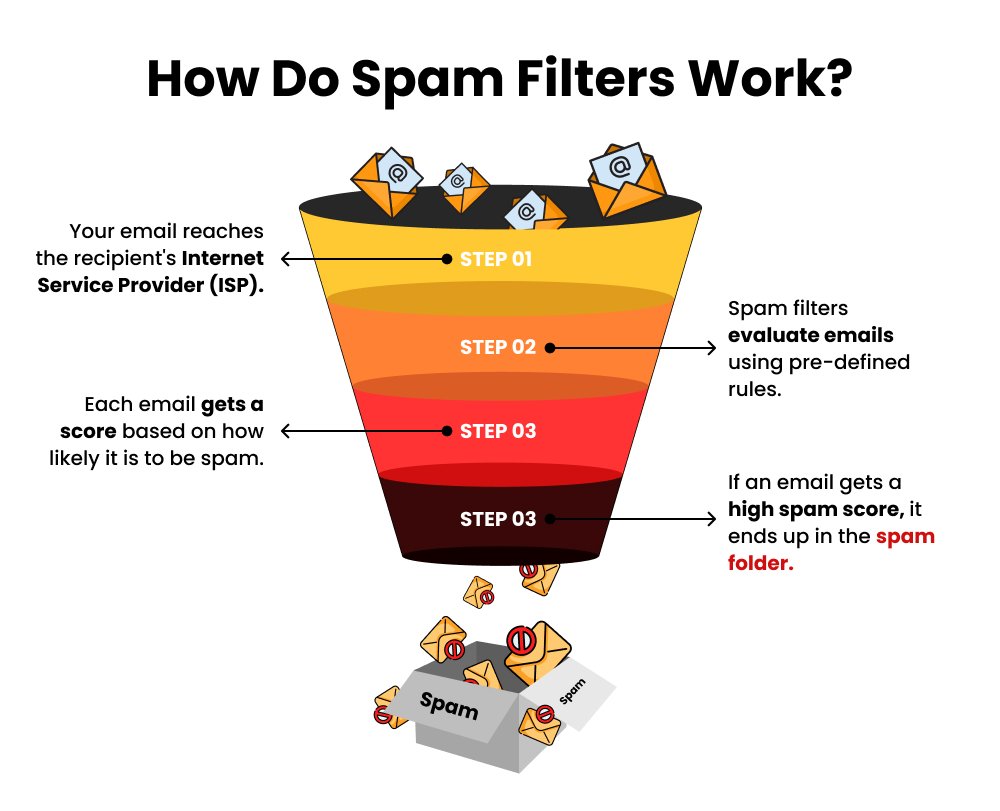
For marketers, understanding ISP email marketing policies is critical to ensuring that their messages reach the intended recipients. Noncompliance with these policies can result in various consequences – ranging from reduced deliverability rates to being blacklisted entirely.
Moreover, being well-versed in these policies can empower marketers to design effective campaigns that resonate with their target audience and adhere to best practices. This knowledge fosters trust with consumers, enhances brand credibility, and establishes a positive sender reputation, which is vital for long-term success.
Overview of Common Policies Across Major ISPs
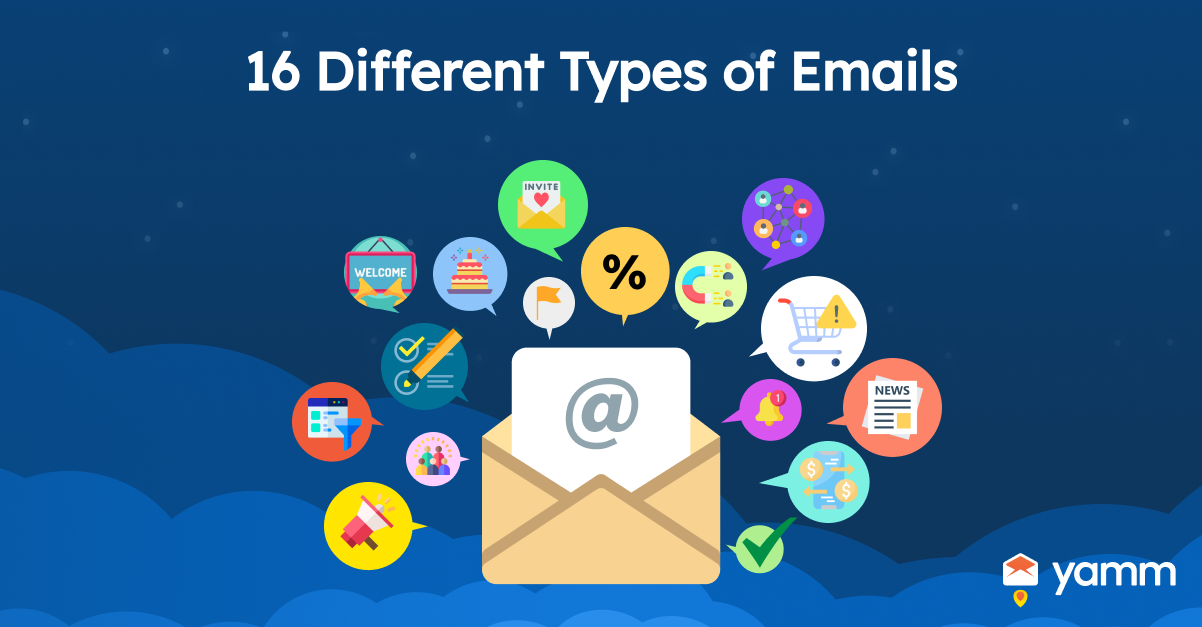
While specific policies may differ between ISPs like Gmail, Yahoo, and Outlook, certain commonalities exist across the board. Generally speaking, these include:
- Permission-Based Marketing: Most ISPs require marketers to obtain explicit consent from users before sending promotional emails. This is a fundamental principle designed to combat spam.
- Content Guidelines: ISPs enforce strict content guidelines to maintain email quality. This includes avoiding deceptive subject lines, using accurate headers, and refraining from including malicious links.
- Unsubscribe Mechanisms: A clear method for unsubscribing must be present in every marketing email, enabling recipients to easily opt-out if they choose.
- Engagement Metrics: ISPs pay close attention to how recipients interact with emails. High open rates and click-through rates signal that a marketer follows best practices, while high spam complaints can lead to deliverability issues.
By understanding these common policies, marketers can better strategize their email campaigns to align with ISP expectations.
Key Components of ISP Email Marketing Policies
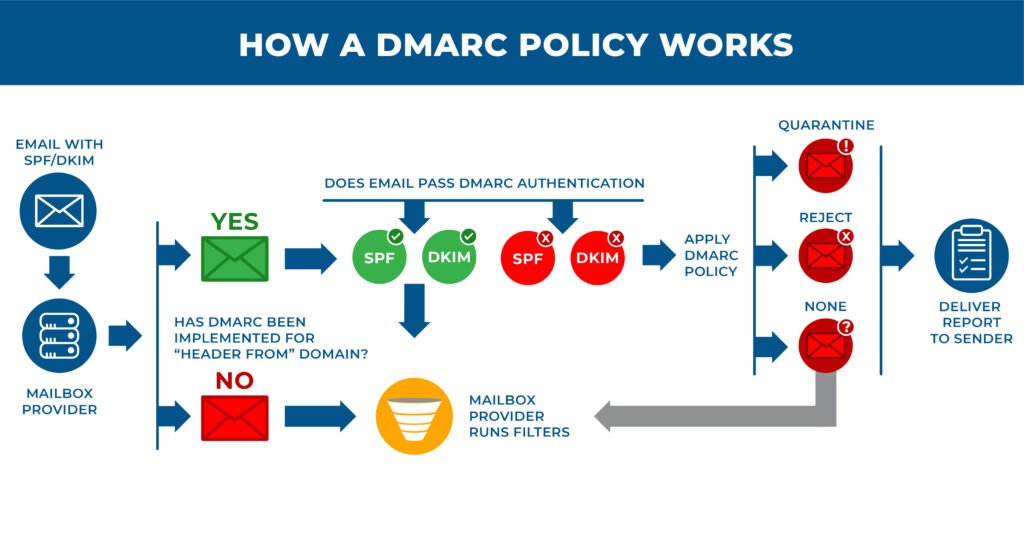
Delving deeper into ISP email marketing policies reveals several key components that form the foundation of accepted practices within the industry. Each component plays a vital role in shaping how marketers approach their email marketing strategy.
Permission-Based Marketing and Opt-In Requirements
At the core of effective email marketing is the principle of permission-based marketing. This concept mandates that marketers must obtain explicit permission from recipients before sending promotional emails. Such consent can take the form of an opt-in mechanism, where users voluntarily provide their email addresses and agree to receive communications.
This policy is not merely a suggestion; it is a requirement enforced by most ISPs to mitigate the risk of spam. Marketers typically implement double opt-in processes, where users confirm their subscription via a follow-up email. This approach not only fosters compliance but also builds a more engaged audience, as individuals who opt in are more likely to interact with the content.
When crafting opt-in forms, it is essential to be transparent about what subscribers can expect. Clear descriptions regarding the type of content they will receive and the frequency of emails can help establish trust and encourage sign-ups.
Anti-Spam Regulations and Compliance
Anti-spam regulations, such as the CAN-SPAM Act in the United States and GDPR in Europe, have profound implications for email marketing practices. ISPs adhere to these laws when formulating their policies, emphasizing the importance of compliance for marketers.
Marketers must ensure that their email campaigns are in line with both local and international regulations. Failure to comply can result in severe penalties and damage to brand reputation. Marketers should familiarize themselves with the provisions of these laws, which generally include prohibitions against false or misleading information, requirements for identifying the message as an advertisement, and stipulations for including a valid physical postal address.
Adhering to anti-spam regulations goes beyond legal compliance; it also showcases a commitment to ethical marketing practices. Consumers appreciate transparency and honesty, which can foster loyalty and drive conversions.
Content Guidelines: What You Can and Cannot Include
Content guidelines enforced by ISPs outline what constitutes acceptable email content. These guidelines are crucial for preventing spam and ensuring that users receive valuable information rather than unsolicited advertisements.
When developing email content, marketers must avoid using misleading subject lines, excessive use of exclamation marks, or sensationalized claims that could mislead recipients. Additionally, incorporating too many images or overly promotional language can trigger spam filters, leading to poor deliverability.
Meanwhile, adhering to best practices involves creating engaging, relevant, and informative content that resonates with the target audience. A balanced mix of visuals and text can lead to higher engagement rates, signaling to ISPs that the content is desirable and worth delivering.
Unsubscribe Procedures and Frequency Capping
Every marketer knows the importance of offering a clear and straightforward unsubscribe option in emails. This is not just courteous; it is a requirement outlined in ISP policies. Making it easy for recipients to opt out reduces frustration and minimizes spam complaints, which can harm sender reputation.
Furthermore, frequency capping is another crucial element that marketers should consider. Striking a balance in email frequency helps prevent subscriber fatigue. Emails sent too frequently may prompt recipients to unsubscribe or mark them as spam, which further affects deliverability.
To optimize unsubscribe rates, marketers can analyze data to determine the optimal email frequency that aligns with audience preferences, thus maintaining engagement while reducing churn.
How ISPs Evaluate Email Campaigns

Understanding how ISPs evaluate email campaigns is essential for marketers aiming to improve their deliverability rates. Several factors play a significant role in determining whether an email lands in the inbox or gets filtered into the spam folder.
Factors Influencing Deliverability Rates
Deliverability rates are influenced by various factors, ranging from the quality of the email list to the sender’s reputation. Marketers must ensure they are sending emails to opt-in subscribers whose interests align with the content being shared. Lists that contain inactive or unengaged users can negatively impact deliverability.
Additionally, the technical setup of the email domain – such as proper authentication protocols (SPF, DKIM, DMARC) – can affect how ISPs view the sender’s legitimacy. Well-authenticated emails are less likely to be flagged as spam, enhancing the chances of reaching the intended recipients.
Sending behavior also plays a part. Sending large volumes of emails suddenly can raise red flags for ISPs, whereas a steady, consistent sending pattern helps build trust over time.
Role of Engagement Metrics in ISP Judgments
Engagement metrics, including open rates, click-through rates, and conversions, are critical indicators for ISPs assessing the quality of email campaigns. High engagement levels signal to ISPs that recipients value the content, resulting in improved deliverability.
Conversely, low engagement metrics – such as high bounce rates, high unsubscribe rates, or numerous spam complaints – can harm sender reputation and lead to increased filtering by ISPs. Consequently, marketers should continuously monitor these metrics and adapt their strategies accordingly.
A focus on personalization and relevance can significantly boost engagement. Tailoring content based on user preferences and past behaviors creates a more compelling experience, likely leading to improved interactions.
The Impact of Sender Reputation on Email Deliverability
Sender reputation is built over time through a combination of factors, including email volume, engagement metrics, complaint rates, and authentication practices. Each of these elements contributes to how ISPs perceive the sender and whether they trust the emails being sent.
Marketers must actively manage and nurture their sender reputation. A positive reputation encourages ISPs to deliver emails to inboxes, while a negative reputation can lead to blocks or throttling.
Rebuilding a damaged reputation requires a strategic approach, including cleaning email lists, improving content quality, and focusing on re-engaging inactive subscribers. Regular audits of email performance and practices can help identify weaknesses and areas for improvement.
Sender reputation is a crucial factor that ISPs use to determine email deliverability. Mailchimp provides a deliverability tracking system that monitors sender scores, spam complaints, and bounce rates. By using Mailchimp’s built-in analytics, businesses can assess how ISPs perceive their email campaigns and make necessary adjustments to improve their sender reputation.
Best Practices for Adhering to ISP Email Marketing Policies
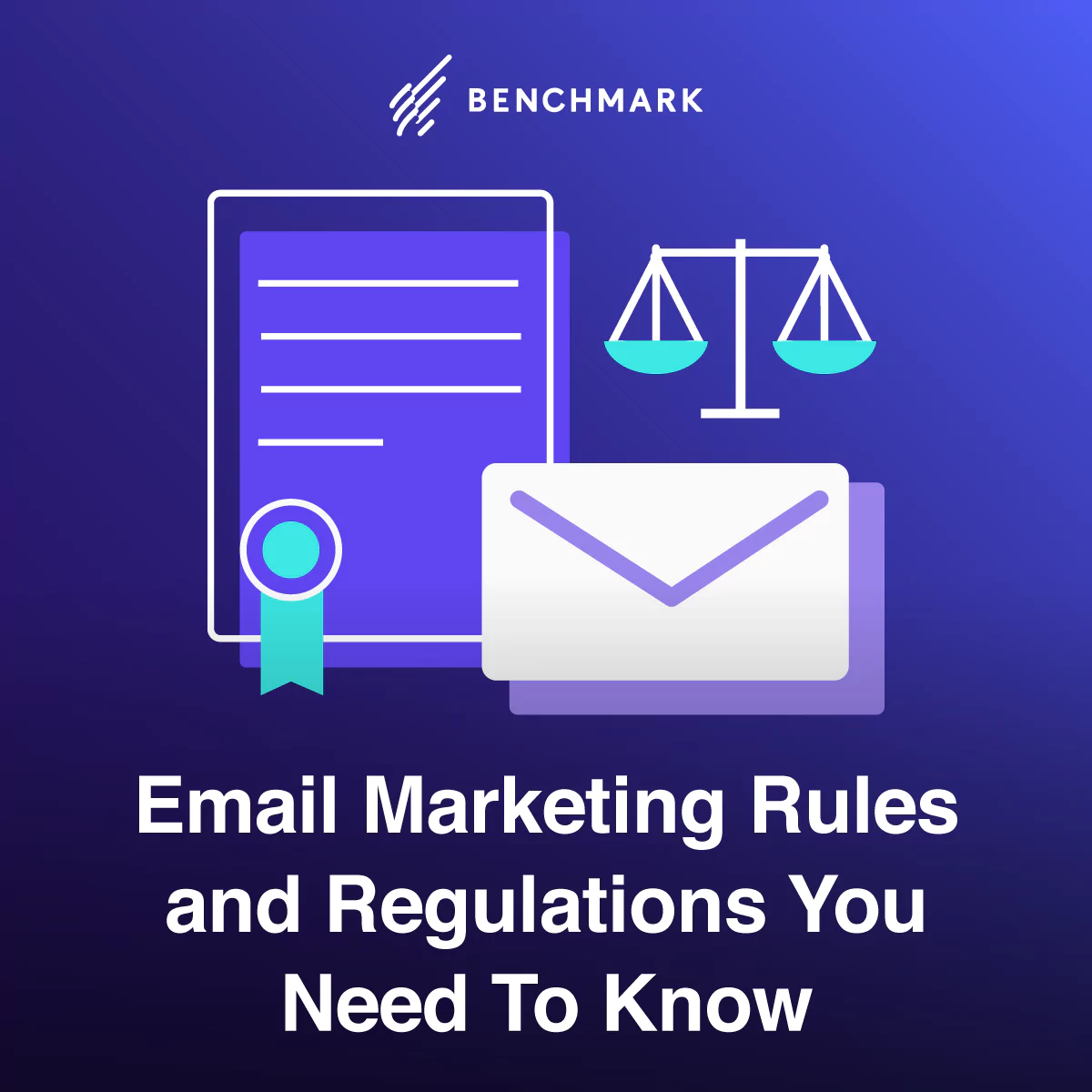
Implementing best practices in compliance with ISP email marketing policies can drastically improve the performance of email campaigns. These practices encompass strategies that enhance deliverability while fostering better relationships with subscribers.
Building a Quality Email List
Quality trumps quantity when it comes to building an email list. A robust email list consists of engaged subscribers who have opted in to receive content. This means that marketers should prioritize strategies for capturing genuine interest, such as utilizing targeted lead magnets, segmenting audiences, and providing value-driven incentives for sign-ups.
Cleaning the list regularly is equally important. Removing inactive users, duplicates, and invalid email addresses ensures that the list remains healthy and compliant with ISP policies. A clean list contributes to higher engagement rates, boosting overall deliverability.
Crafting Compliant and Engaging Email Content
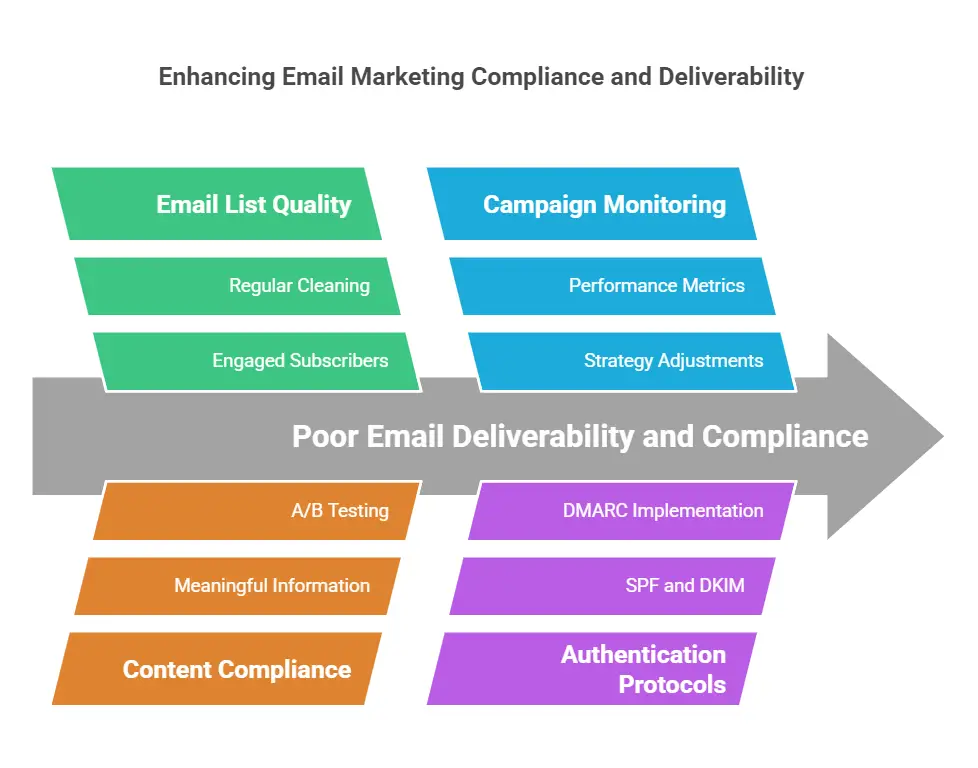
Creating engaging content that adheres to compliance regulations is a delicate balance. Marketers should focus on providing meaningful information that resonates with their audience while ensuring that the messaging complies with ISP policies.
Using clear and concise language, engaging visuals, and compelling calls-to-action can enhance the appeal of emails. Incorporating personalization and dynamic content tailored to user preferences can also elevate the reader’s experience, making it more likely they will interact with the content.
Moreover, continual testing and optimization play a role in refining email campaigns. A/B testing subject lines, designs, and content types allows marketers to determine what resonates best with their audience while maintaining compliance.
Regularly Monitoring and Adjusting Campaigns
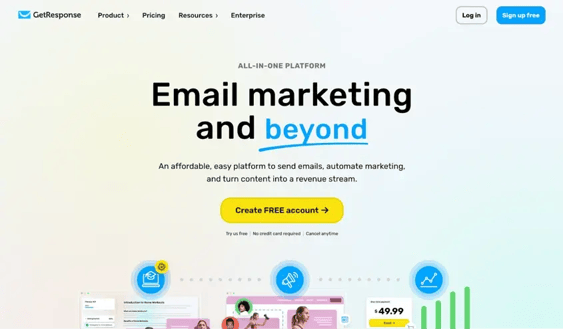
Continuous monitoring of email campaigns is crucial for adapting to changing trends and ISP policies. Marketers should utilize analytics tools to track key performance indicators, including open rates, click-through rates, bounce rates, and unsubscribe rates.
Insights gained from these metrics can inform adjustments in strategy. For instance, if a particular segment shows lower engagement, it may be necessary to refine the targeting or revisit the content. Regular audits not only help maintain deliverability but also ensure compliance with evolving ISP policies.
To comply with ISP email marketing policies, businesses need to continuously analyze email performance. HubSpot offers real-time reporting on open rates, click-through rates, and spam complaints, helping marketers identify ISP-specific deliverability issues. With HubSpot’s insights, businesses can adjust their email strategies to maintain compliance and improve engagement rates.
Utilizing Authentication Protocols (SPF, DKIM, DMARC)
Implementing authentication protocols such as SPF (Sender Policy Framework), DKIM (DomainKeys Identified Mail), and DMARC (Domain-based Message Authentication, Reporting Conformance) is essential for establishing sender legitimacy. These protocols help verify the authenticity of emails, reducing the likelihood of phishing attacks and spam.
Setting up these protocols provides ISPs with confidence in the sender’s identity, leading to improved deliverability. Marketers should work closely with IT teams to ensure proper implementation and regular updates to maintain security.
ISPs prioritize authenticated emails to prevent spam and phishing. ActiveCampaign provides built-in tools for configuring SPF, DKIM, and DMARC, ensuring that emails are properly authenticated and trusted by ISPs. By using ActiveCampaign’s authentication features, businesses can enhance email security and improve their inbox placement rates.
Navigating Challenges with ISP Policies
Despite best efforts, marketers may encounter challenges when trying to adhere to ISP email marketing policies. Common pitfalls can arise, requiring proactive strategies to overcome them and maintain effective campaigns.
Common Pitfalls in Email Marketing Compliance
One of the most prevalent pitfalls in email marketing compliance is neglecting to keep email lists updated. Failing to remove inactive or bounced email addresses can lead to decreased engagement and potential penalties from ISPs. Additionally, marketers may overlook the importance of privacy policies and data protection regulations, which can result in violations and reputational damage.
Another common challenge is the temptation to use aggressive tactics to grow email lists, such as purchasing lists or employing misleading opt-in mechanisms. These practices not only violate ISP policies but can also lead to significant backlash from consumers.
Dealing with ISP Blocks or Throttling

When faced with ISP blocks or throttling, it’s crucial for marketers to quickly assess and identify the root cause. This might involve analyzing recent changes in email practices, reviewing engagement metrics, or scrutinizing content for compliance issues.
Addressing these issues may require direct communication with the ISP to resolve misunderstandings or disputes. In some cases, adjusting sending patterns, cleaning the email list, or modifying content may be necessary to regain good standing.
Proactive measures should also be taken to rebuild sender reputation once it has been compromised. Implementing best practices and ensuring compliance can help in regaining trust with ISPs.
Strategies for Rebuilding Sender Reputation After Issues
Rebuilding sender reputation is a multi-faceted process that requires time, patience, and diligence. To start, marketers should conduct a thorough audit of past campaigns to identify any factors that may have contributed to reputation damage.
Once identified, implementing corrective actions – such as removing problematic email addresses and optimizing content quality – is essential. Additionally, gradually increasing email sending volume can help restore reputation, allowing ISPs to reassess the sender’s legitimacy over time.
Consistent communication with subscribers can also be beneficial during this rebuilding phase. Marketers should focus on re-engaging disengaged subscribers through personalized outreach, surveys to gather feedback, and value-driven content.
Closing Remarks
In conclusion, understanding ISP email marketing policies is essential for marketers seeking to maximize the effectiveness of their email campaigns. By grasping the key components of these policies – from permission-based marketing to content guidelines – marketers can position themselves for success in the competitive digital landscape.
As ISPs continue to evolve their assessment criteria, marketers must remain agile and adapt their strategies accordingly. Embracing best practices, leveraging analytics, and prioritizing compliance will not only enhance deliverability rates but also cultivate stronger relationships with subscribers.
Ultimately, navigating the complexities of ISP email marketing policies can lead to sustained growth, improved engagement, and a formidable sender reputation. As the email marketing landscape continues to change, staying informed and proactive will empower marketers to thrive in their endeavors.




